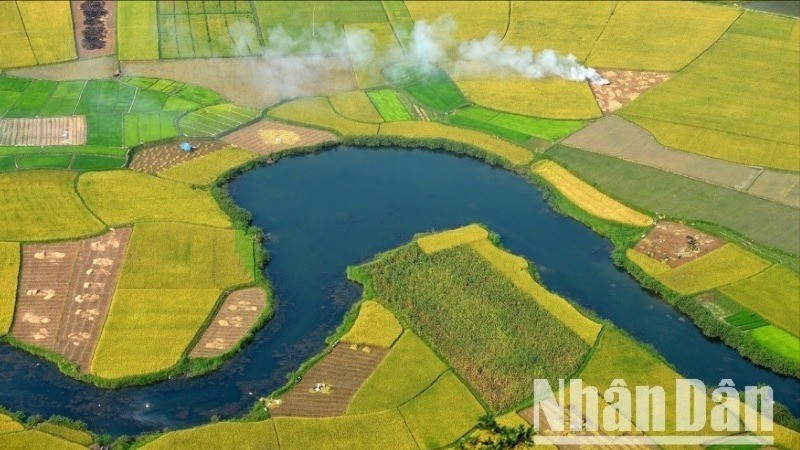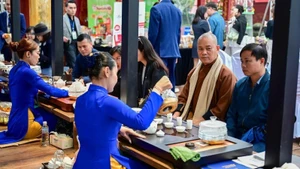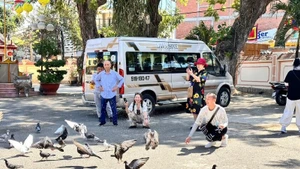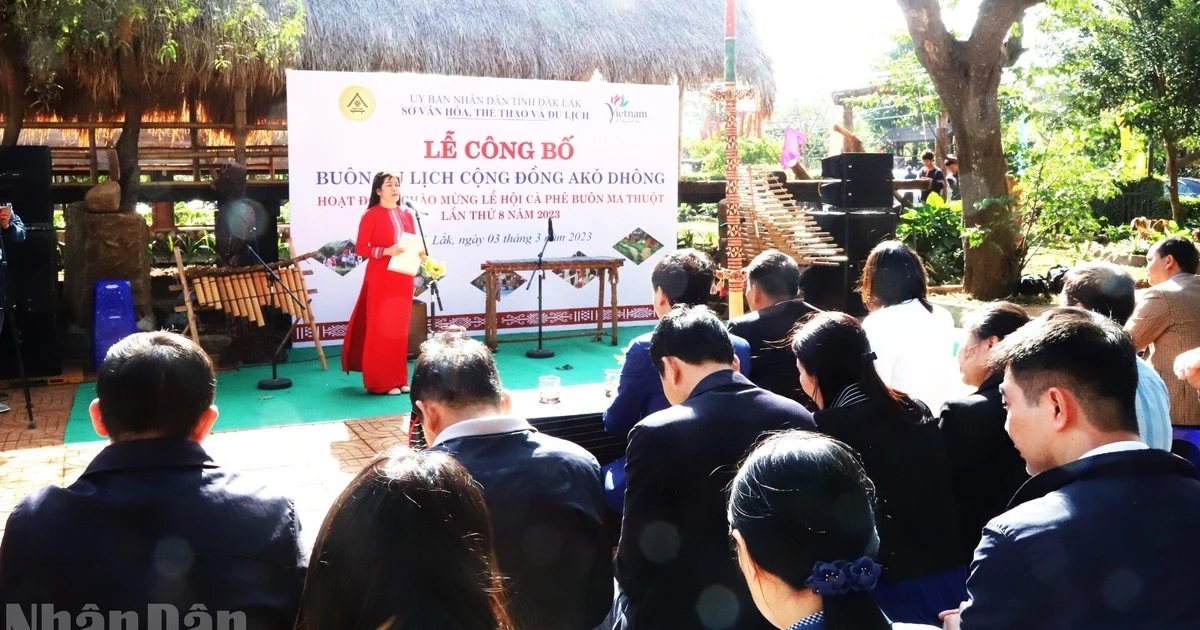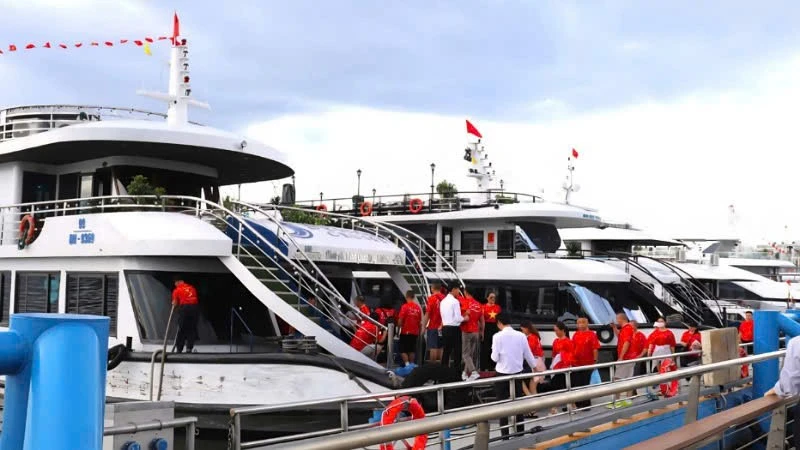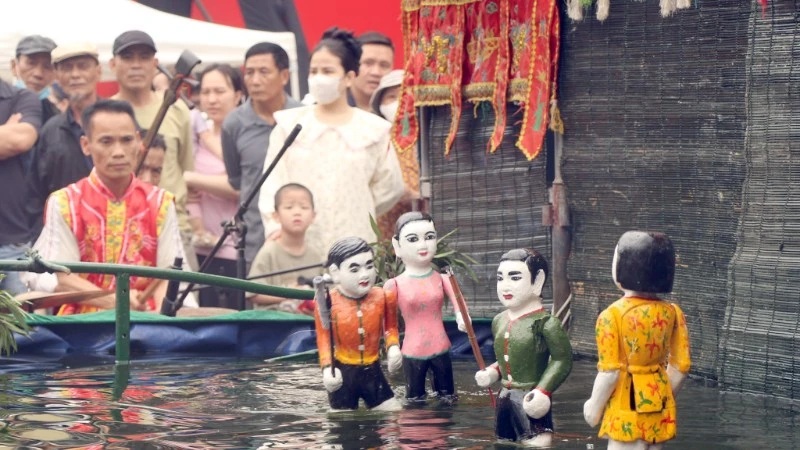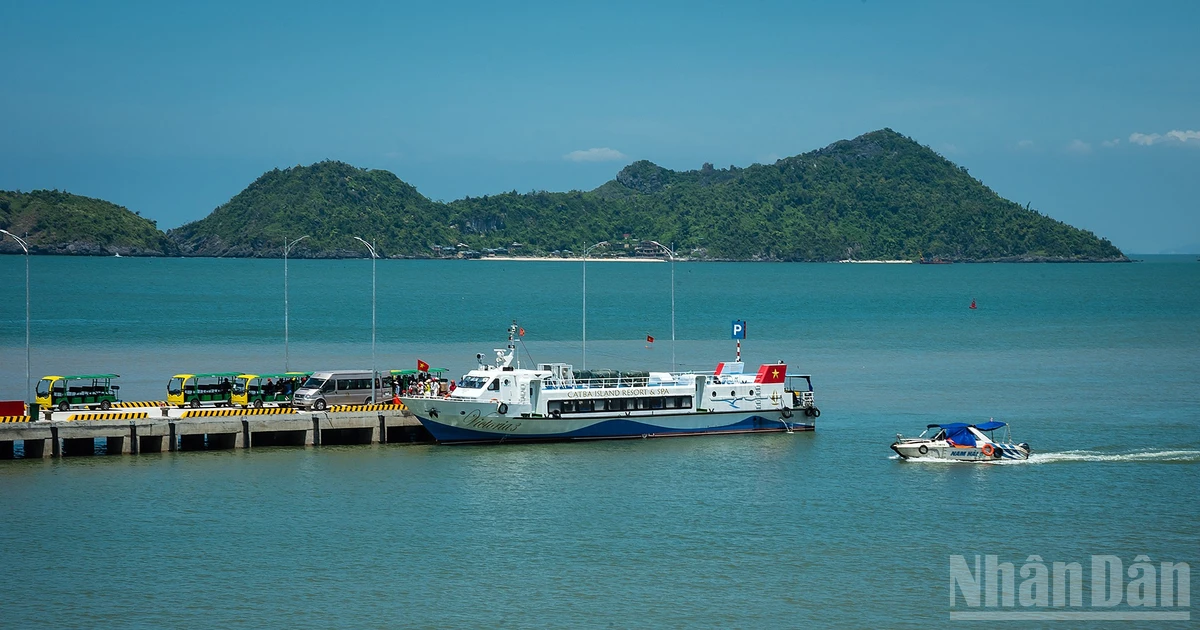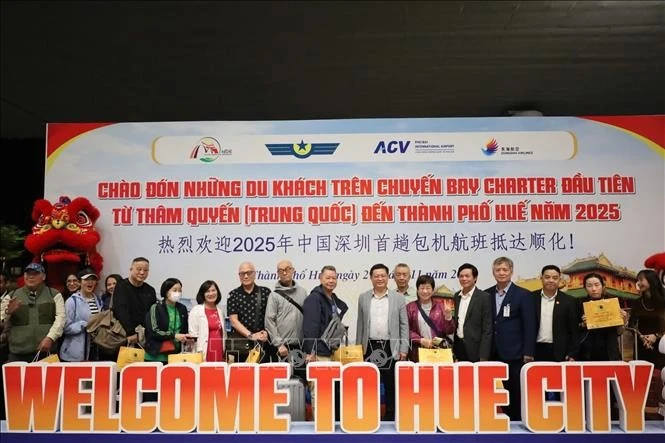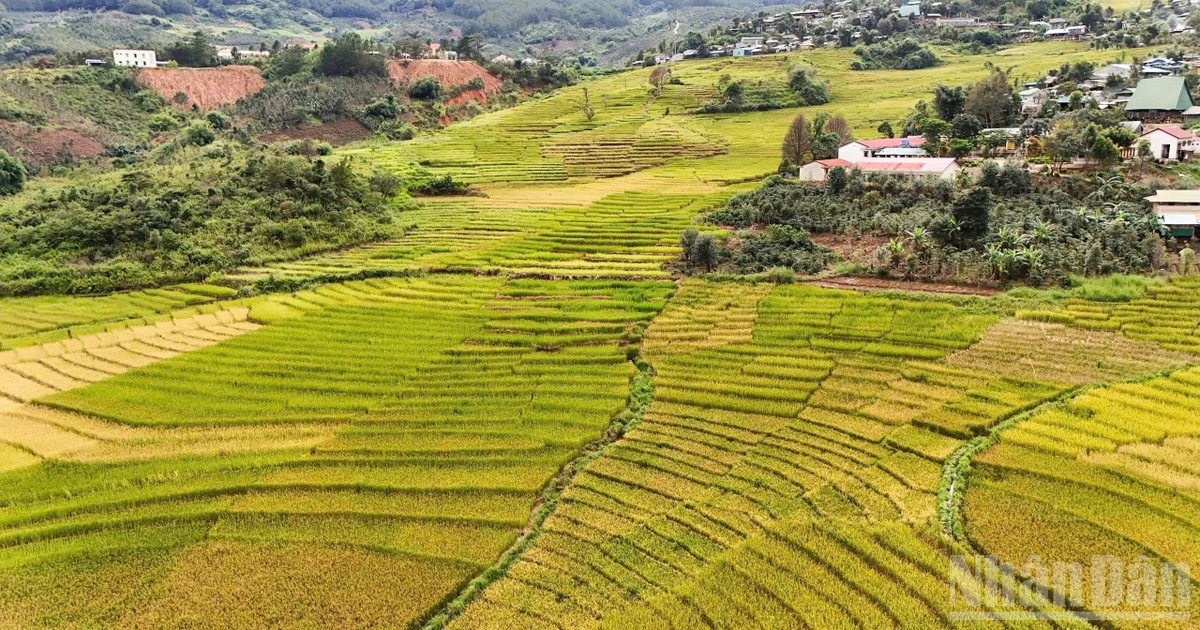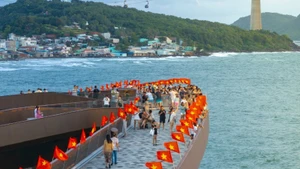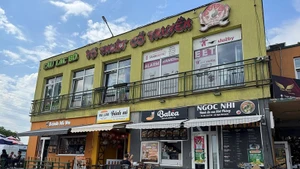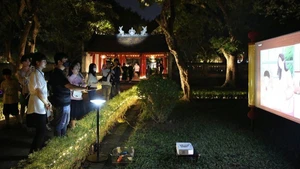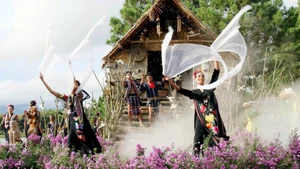Viet Bac – From memory to brand
For generations, Viet Bac has been etched into poetry, music, and cinema as a sacred land, a place where soldiers and civilians were united during the resistance wars, and the homeland of many ethnic minority communities who have lived, created, and preserved their traditional cultures. This region brings together all the elements necessary to become a regional tourism brand — a confluence of nature, history, and culture.
In line with modern tourism development trends, as localities increasingly seek regional linkages and the creation of new tourism products, the “Viet Bac tourism” brand has every potential to serve as a shared foundation for northeastern provinces. This brand is not merely the designation of a single destination but represents an opportunity to establish a unified tourism space rich in cultural and historical depth and distinctive regional identity.
Sites associated with Viet Bac — such as Pac Bo, Tan Trao, and Dinh Hoa — are not only revolutionary relics but also vivid symbols of patriotism, the spirit of independence, and national aspirations. Once a steadfast rear base in history, Viet Bac today has the potential to become a “soft anchor” for economic development through tourism.
In reality, tourism has, for many years, become a spearhead economic sector for the provinces of the Northeast. Beyond relying on their majestic natural landscapes, these localities have managed to preserve numerous revolutionary heritage sites, intangible cultural values, and, notably, the ethnic identities of groups such as the Tay, Nung, Dao, Mong, San Chay, and Cao Lan.
Each province boasts its own distinctive tourism products. If connected in a logical and cohesive manner, these destinations could form an interconnected tourism chain, from natural heritage to historical relics, from community-based tourism to eco-resorts. Rather than developing in isolation, a subregional model would enable the provinces to complement one another, avoid duplicating similar products, and enhance the overall value of the entire region. Tourism clusters could be established. Each cluster would have its own strengths but would be unified under a single overarching brand “Viet Bac tourism”.
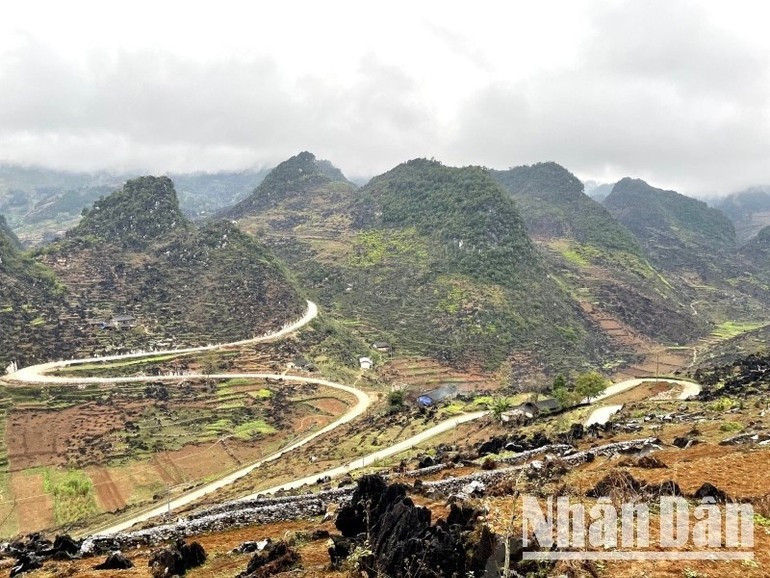
Brand rooted in cultural preservation
According to tourism experts and administrators, Viet Bac, once a land rooted in memory, holds every potential to become a distinctive tourism brand defined by regional linkages and profound historical and cultural depth. As the entire region develops on the basis of sharing resources, preserving common values, and building the “Viet Bac tourism” brand, this collective effort is expected to contribute to sustainable economic growth while also instilling national pride and promoting the cultural resilience of a region renowned for its courage and loyalty.
However, to effectively build the “Viet Bac tourism” brand, there must be a systematic, long-term strategy for regional cooperation. Firstly, close coordination between provincial authorities and guidance from the central government is essential. Establishing regional tourism promotion centres, community tourism alliances, and a system of inter-provincial tour routes would help address the fragmented development that currently exists.
At the same time, a unified communication strategy for the Viet Bac brand is necessary, covering everything from visual identity and core messaging to the organisation of large-scale cultural and tourism. These events would not only promote tourism but also educate people about national traditions and enhance cultural awareness among younger generations.
One of the significant advantages of developing subregional tourism lies in preserving and promoting local culture. When tourism becomes a source of livelihood, local communities are more motivated to preserve their languages, traditional attire, festivals, and crafts. Traditional elements such as Then singing, the melodies of the khen (Hmong flute), ancient stilt houses, and naturally dyed indigo garments will be revived and widely shared through tourism experiences.
Tourism development will help ensure that these local cultural elements—like stilt houses, the Hmong khen, Tay Then singing, and the indigo garments of the Dao people—do not fade into obscurity but instead become cultural tourism products of high value. Local people will act as custodians of heritage and direct participants in tourism, thereby creating harmonious development between economic growth and cultural preservation. Traditional festivals, craft villages, ethnic cuisine, and indigenous architectural spaces, when integrated into tourism offerings, will enrich the cultural depth of the Viet Bac brand.
This is also an opportunity for folk artisans and respected community figures to play a central role in sustainable tourism development. Positioning the brand with a focus on culture, history, and ecology will enhance its appeal to international visitors seeking authentic local experiences. This sustainable approach creates distinctive tourism products and empowers local communities as key stakeholders in tourism development.
Viet Bac is not an unfamiliar name; it is a region that once served as a major rear base during the resistance wars and a land deeply embedded in the memories of many generations. As Vietnam enters a new phase of development, revitalising the Viet Bac brand in the tourism sector not only aims to drive economic growth in the Northeast but also actively and creatively promotes national traditions.
In the context of administrative restructuring, this endeavour is even more significant, as the Viet Bac brand serves as a bridge between the past and present, helping to spread cultural and historical values and impart a profound human dimension to tourism products.
